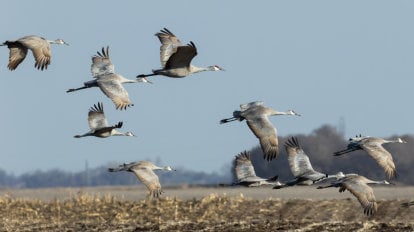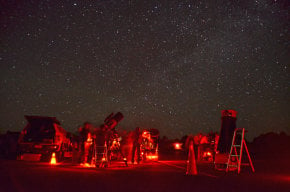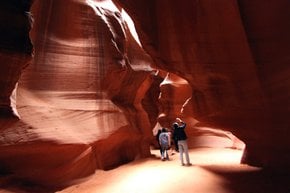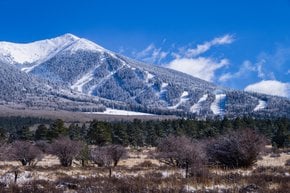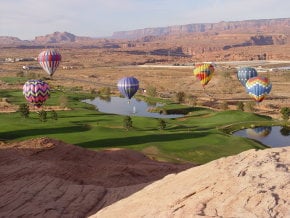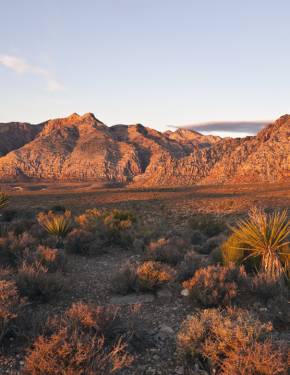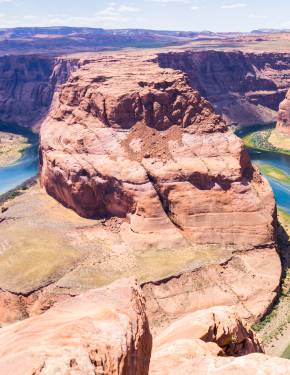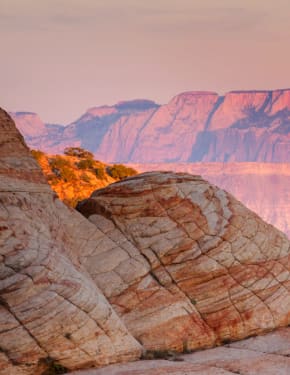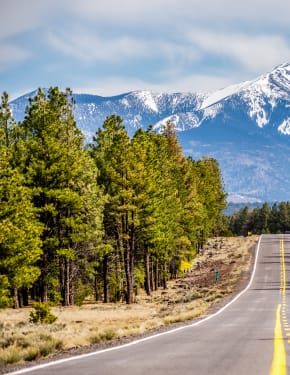Sandhill Crane Migration in Arizona 2025-2026
Thousands of cranes spend winter in southeast Arizona
Best time: November–February
The Sandhill Crane Migration in Arizona offers a remarkable spectacle for bird watchers and nature enthusiasts. Each winter, thousands of these majestic birds descend on Arizona’s wetlands, providing a unique opportunity to observe their behaviors and interactions in a stunning natural setting. For those interested in nature, Arizona’s wintering cranes are a sight not to be missed, although visiting with respect for wildlife and their habitat remains a top priority.
What You Can See
During the winter months, Southeastern Arizona becomes a temporary home to over 40,000 Sandhill Cranes. These large, graceful birds, known for their distinctive calls and six-foot wingspans, migrate from northern regions such as Alaska, Canada, and the northern U.S. According to the Arizona Game and Fish Department (AZGFD), the peak migration period spans from late October to early February. However, cranes can sometimes linger until mid-March. Their arrival and departure can vary slightly depending on environmental conditions like temperature and food availability.
Cranes are most active during the early morning and late afternoon. At sunrise, they take off from their roosting areas to feed in nearby agricultural fields, often returning to rest around midday. Viewing opportunities are most plentiful during these windows, and their loud, rattling calls make them easy to locate even before they’re spotted.
Forecast
For updated forecasts on crane movements, local websites such as AZGFD’s Wildlife Viewing provide real-time information and live-streaming options, ensuring you can plan your visit accordingly.
Best Locations for Viewing
Arizona’s Sulphur Springs Valley, located in the southeastern part of the state, is renowned for its crane population.
Whitewater Draw Wildlife Area
The Whitewater Draw Wildlife Area near McNeal is a top destination, hosting around 20,000 cranes each season. With shallow waters and nearby fields rich in leftover grain, this location supports the cranes throughout their winter stay. Admission to Whitewater Draw is free, and the area is open to the public year-round, though parts of it may be restricted during peak migration to protect the birds.
Cochise Lake
Cochise Lake, south of Willcox, is another excellent viewing spot. This seasonal lake supports large numbers of cranes, especially in the early mornings when they leave for feeding. Visitors can access the site without any fees, and the lake’s proximity to Willcox offers options for food and lodging.
Tours
For those seeking a more immersive experience, AZGFD offers exclusive guided photography tours at Whitewater Draw Wildlife Area. Led by AZGFD biologists and award-winning photographer George Andrejko, these tours provide a unique opportunity to observe and photograph the stunning Sandhill Cranes, which gather by the thousands in this area each winter. Suitable for ages ten and up, the six-hour tours run from January to February, allowing participants to witness the migration of over 20,000 cranes.
Travel and Infrastructure
The Whitewater Draw Wildlife Area is located about 20 miles (32 km) from the town of McNeal and approximately 30 miles (48 km) from Willcox, where visitors will find amenities such as hotels, restaurants, and camping sites. The area is accessible by car, and parking is available onsite. The nearby town of Willcox is home to several campgrounds, making it a convenient base for those wishing to explore the region.
Cochise Lake is also easily accessible from Willcox, which offers the closest accommodations. Both areas have basic facilities such as restrooms, but it is advisable to bring sufficient food and water, especially if you plan to spend an extended time bird watching.
Responsible Viewing and Safety Guidelines
When observing the cranes, it is important to do so responsibly to avoid disturbing the birds. Visitors are advised to maintain a safe distance, using binoculars or cameras with zoom lenses for closer views. The cranes are sensitive to sudden movements and loud noises, so keeping quiet and moving slowly is essential.
Feeding the cranes is strictly prohibited, as human food can disrupt their natural diet and migration patterns. Cranes are generally non-aggressive but can be startled easily by bright clothing or erratic behavior, so it is recommended to wear neutral-colored clothing to blend into the environment.
About the Sandhill Crane
Sandhill Cranes are one of the oldest bird species, with fossils dating back over 2.5 million years. They are known for their striking appearance, long legs, and elongated necks. During the breeding season, these birds lay one to three eggs, typically in marshes and wet meadows. The cranes’ diet consists of plants, grains, invertebrates, and small animals, which they find in the wetlands of Arizona.
Other Nearby Attractions
While visiting southeastern Arizona, there are several other natural attractions worth exploring. The Chiricahua National Monument, located about an hour’s drive from Whitewater Draw, offers scenic hiking trails through rock formations and provides a great opportunity to experience Arizona’s diverse landscape. Additionally, the town of Willcox is known for its wineries, providing a relaxing stop after a day of bird watching.

